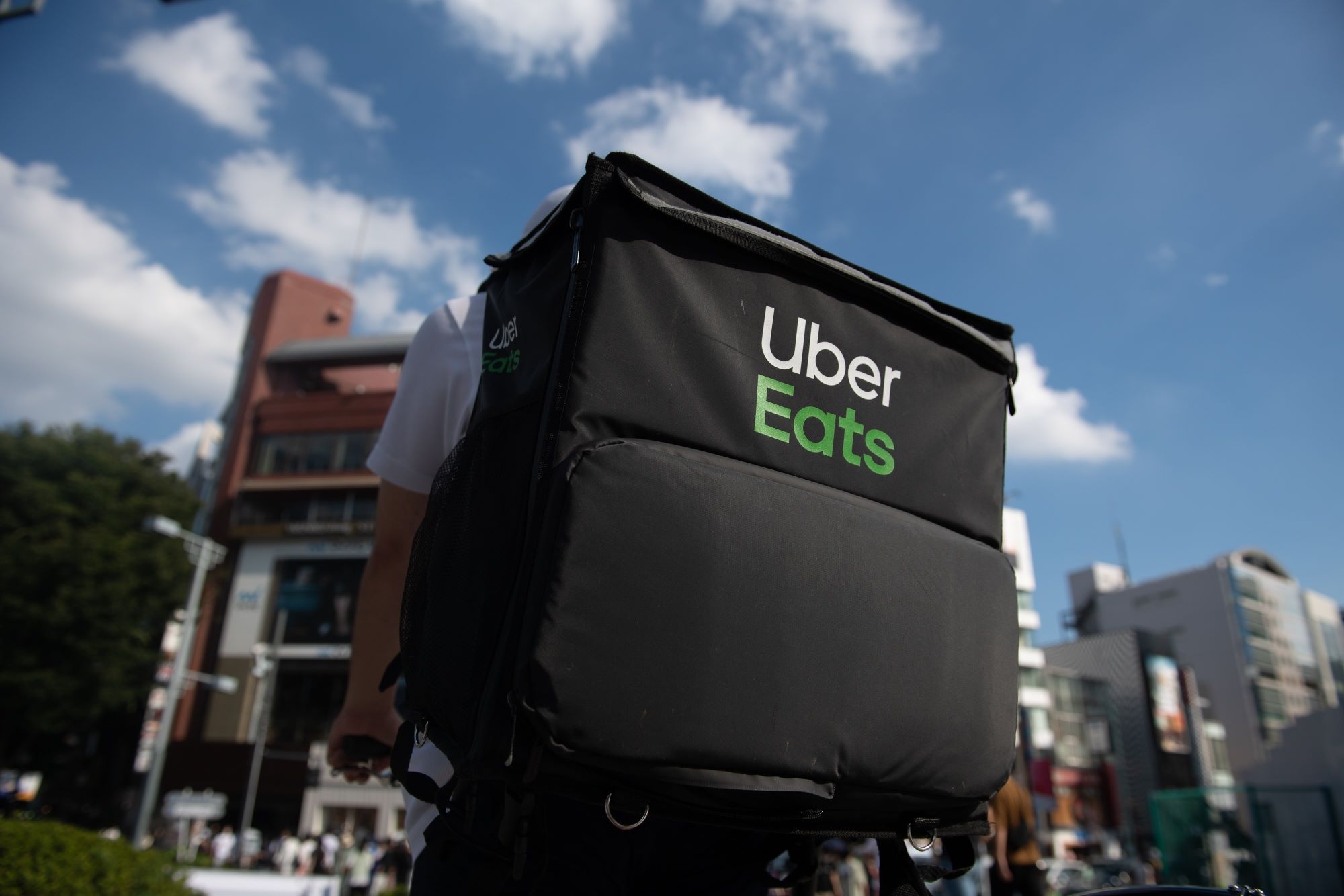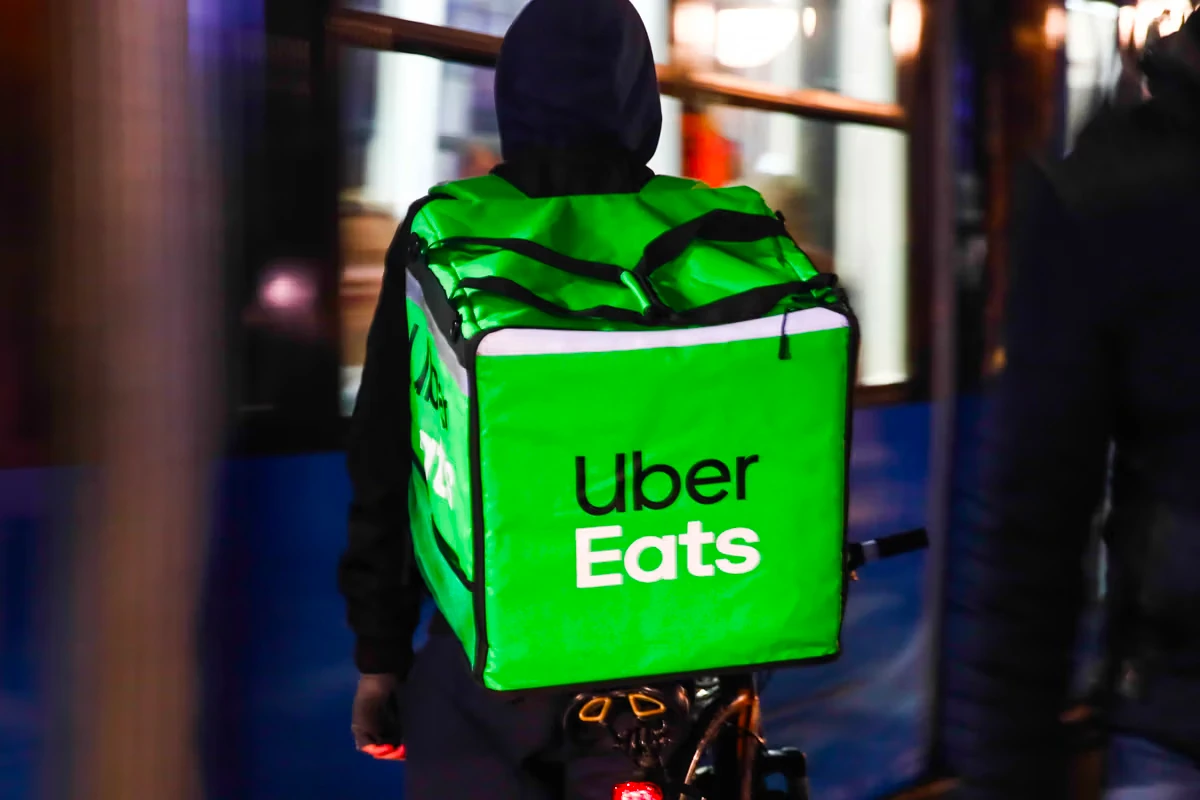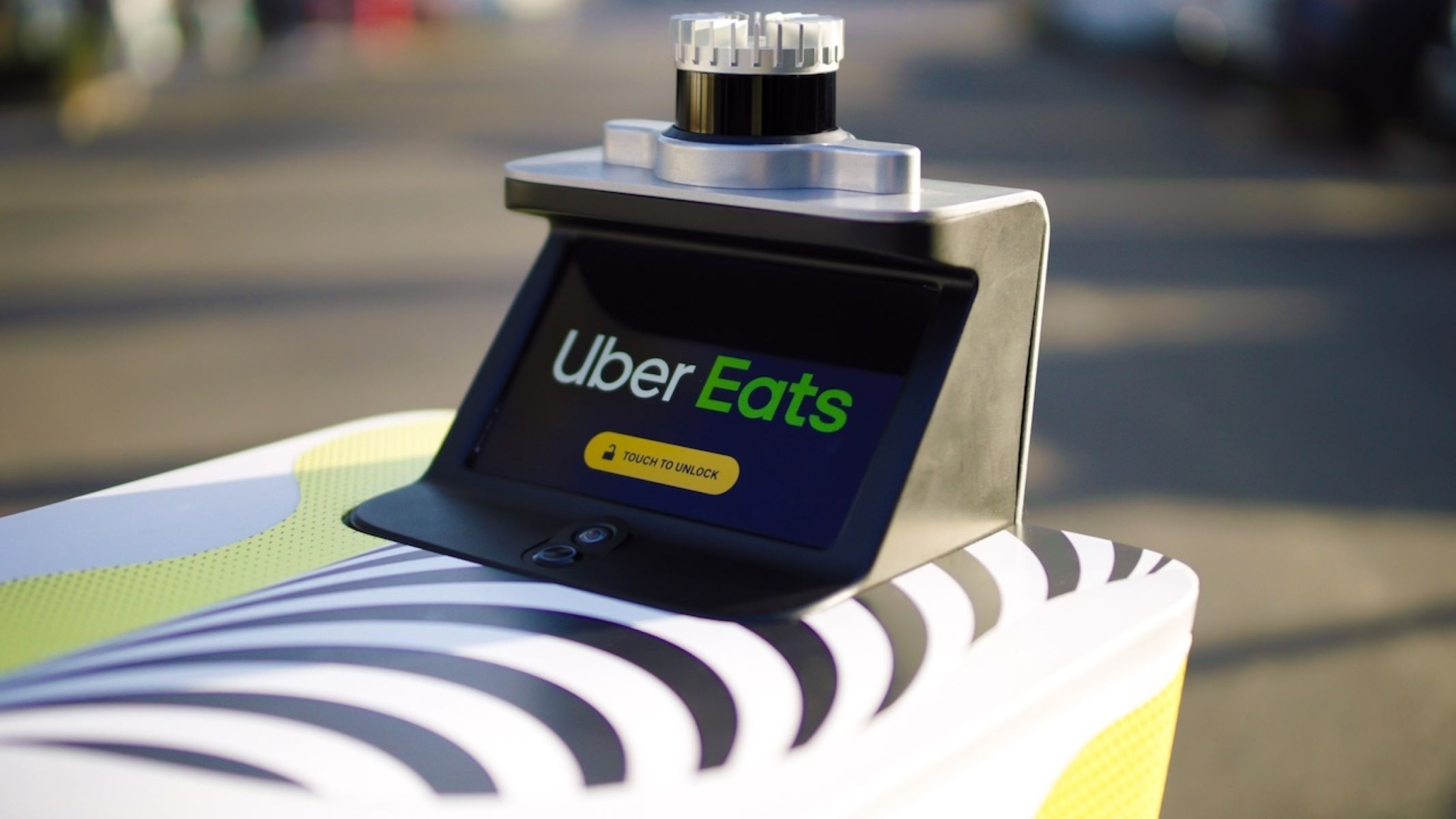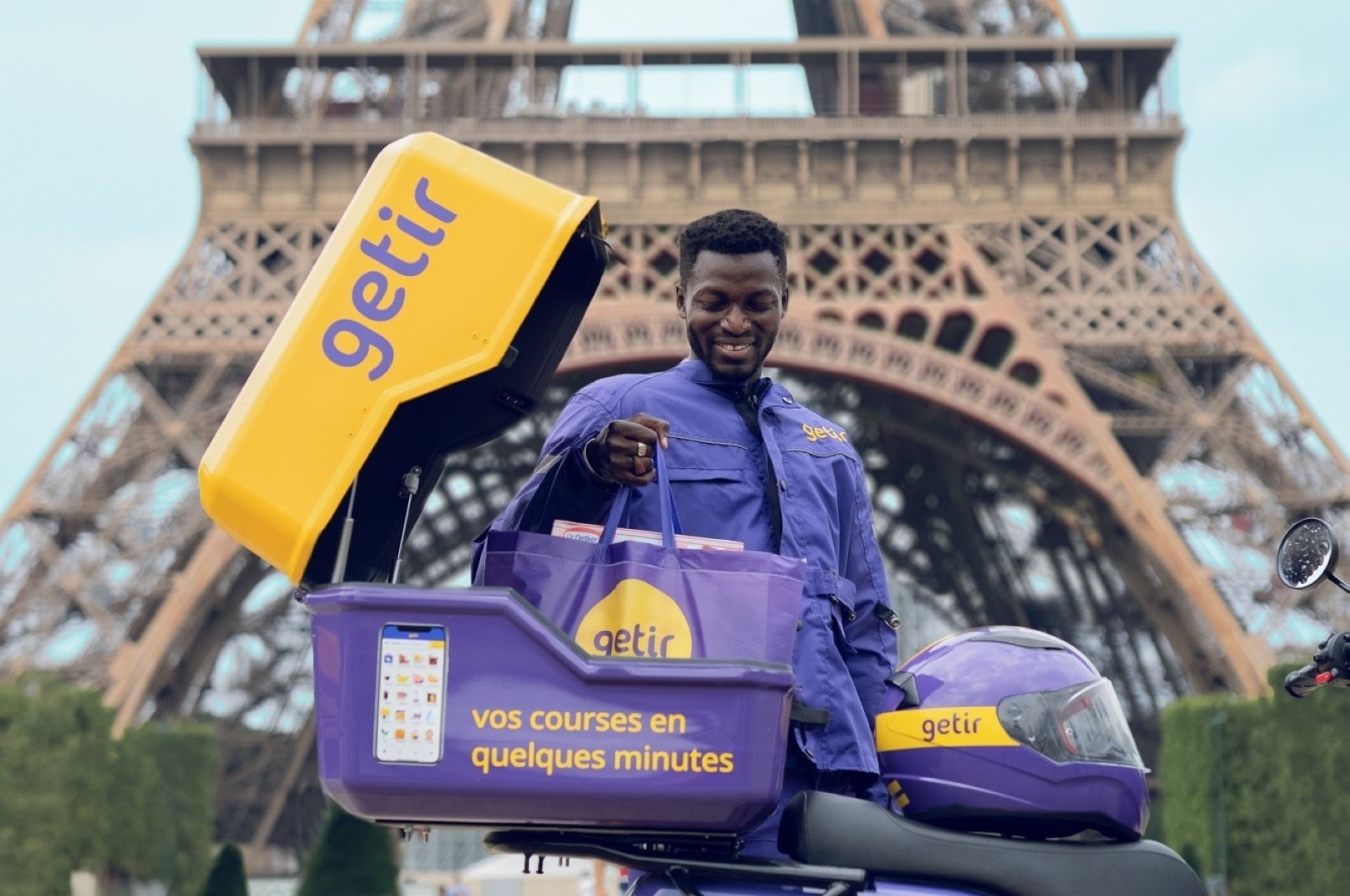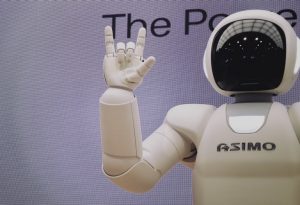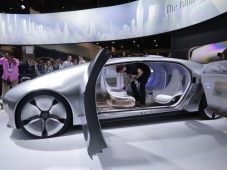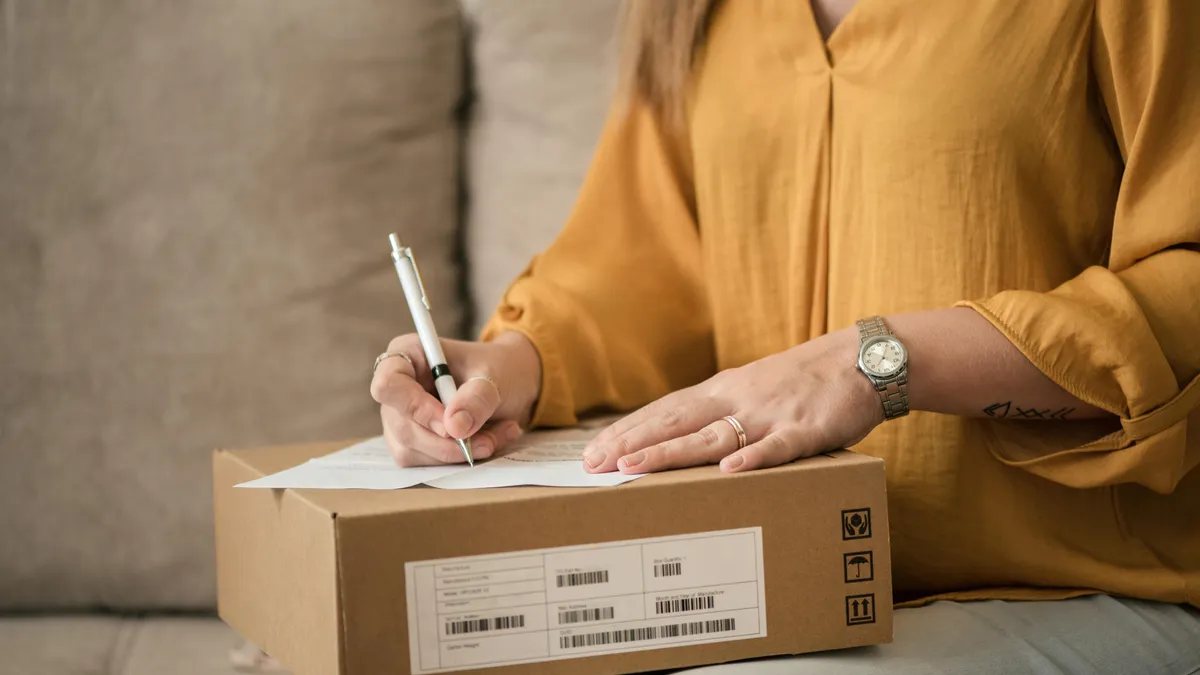Uber Eats is set to revolutionize the food delivery industry with the introduction of a cutting-edge chatbot function, scheduled to launch in late 2023. This innovative AI assistant, powered by Google’s PaLM 2 large language model (LLM), aims to enhance the customer experience by providing personalized recommendations and streamlining the ordering process.
Key Takeaway
Uber Eats is set to elevate the food delivery experience with the introduction of a Google-powered chatbot. This AI assistant will use conversational AI to provide tailored recommendations and streamline the ordering process for customers. By leveraging AI technology, Uber Eats aims to enhance user engagement and loyalty in an increasingly competitive market.
AI Assistant for Seamless Food Delivery
The new Uber Eats chatbot will initially focus on helping users discover restaurant deals and conveniently reorder their favorite dishes. However, it doesn’t stop there. Uber has plans to expand the capabilities of the assistant to include meal planning, finding grocery sales, and ordering ingredients from recipes. With this comprehensive approach, Uber aims to create a seamless food delivery experience that goes beyond the average delivery app.
Engaging Customers with Conversational AI
Uber’s decision to introduce a chatbot function is driven by the desire to engage customers through conversational AI. By incorporating Google’s PaLM 2 LLM, informed by Uber’s extensive catalog of over 900,000 merchants, the chatbot can provide highly tailored recommendations. Customers can make specific requests, such as finding trending Mexican restaurants in NYC or locating spicy vegetarian Thai dishes. The chatbot will respond with a curated list of stores and dishes that match the customer’s preferences.
Efficiency and Personalization
The chatbot feature offers significant time and effort savings for customers. Rather than scrolling through menus and navigating across multiple stores, customers can simply ask the chatbot for what they need. For example, a customer may request picnic snacks, and the chatbot will suggest options like Gouda cheese and chocolate chip cookies from a local supermarket. If the customer prefers organic options, the chatbot will tailor the recommendations accordingly, providing healthy alternatives such as fresh fruit.
Industry-Wide Incorporation of AI
The integration of AI into delivery apps is not unique to Uber Eats. Competitors like DoorDash and Instacart are also exploring ways to leverage AI technology. DoorDash recently launched an AI-powered voice ordering system to facilitate restaurant orders, and Instacart introduced the “Ask Instacart” search tool, powered by ChatGPT, to offer personalized recommendations.







